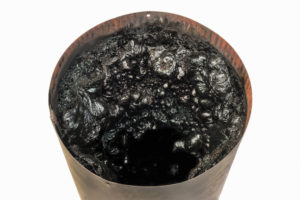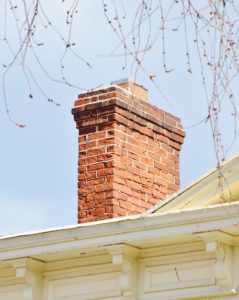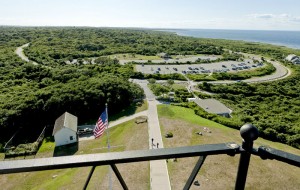How to Build the Best Fires
You may be a pro at building fires. You build the best campfires, have a roaring fire pit in the back yard, and even have a reputation for the best steaks on the charcoal grill. When it comes to building a fire in a hearth, insert, or stove, however, many homeowners find themselves struggling. You don’t have to. We want our customers to have the best experience every winter when it’s time to light the fire and that’s why we offer the best tips and services to help you build the best fire possible.
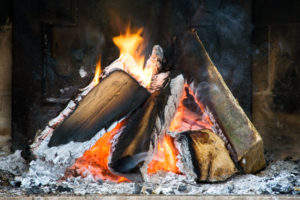 Proper Fuel
Proper Fuel
First thing’s first. If you’re trying to light the wrong type of fuel, your fire will not light. This doesn’t just mean making sure you only use wood in your fireplace. Burning the right fuel means to only burn properly seasoned firewood in your wood-burning fireplace, insert, or stove. Wood that has been freshly cut is considered wet or “green” and will be more difficult to light, burn, and will produce more creosote and smoke than seasoned firewood. In order to ensure your wood is ready to burn in your fire unit make sure it has been cut to length and stored for 3 to 6 months (more for hardwoods). When the wood is ready to burn it will begin to crack, will dull in color, and feel light. The bark will pull away from the wood, and two pieces of wood hit together will produce a hollow sound. When you’re sure your firewood is good for burning you’re ready to build your best fire.
Clean Chimney System
If your chimney hasn’t been cleaned or inspected in the last 12 months, it may not be safe for a fire. Not only that, but a dirty chimney will prevent proper ventilation of the fire which causes venting issues and fire failure. If your fireplace is difficult to light, maintain, and push smoke into your home, there is likely a problem with the chimney that needs to be diagnosed by a professional.
Prime the Flue
During this last part of winter, you may experience extremely low temperatures. Many homeowners don’t use their fireplace all the time, though, and the chimney may be very cold when you attempt to light your fire. When you’re lighting a fire with a cold chimney it can be nearly impossible. What’s more, a newly lit fire will not produce enough heat to properly vent up the chimney, resulting in a smoky house and a weak flame. Before you light a fire with a cold chimney, first light a roll of newspaper and hold it at the flue opening until it burns completely. This little flame will burn well, slowly warming the flue so that your new fire will vent properly.
Building the Fire
We all learned to build a fire upside-down. Don’t believe it? Pay attention here: the typical fire is built with the tinder and kindling on the bottom followed by larger wood on top of that, and then the largest logs go on the top of the pile. The reason why this method is a little “upside-down” is that the tinder and kindling often get smothered before lighting the rest of the pile. This method also forces the flame to rise up while the embers fall down. Professionals see this flaw in the science of the fire and recommend a better way.
For the best fire, we recommend our customers master the top-down burn. When you build a top-down fire your smoke will rise up out and out instead of smothering out your fire. Your embers will fall and ignite the rest of the fire, and the fuel burns more completely, producing less ash and smoke.
To build your top-down burn your wood should be cut to length and ready to burn. The first layer of wood is your largest logs. They should be lying side by side and laying back to front. Don’t press the ends of your logs completely against the back of your fireplace or appliance. Your fire needs airflow to burn properly. The second layer will be smaller logs than the first and laying opposite the first, crossing the first layer. Don’t cramp your wood in too tightly. Continue this in layers upward until you reach ½ the fireplace height. It should be 4 to 5 layers with kindling and tinder at the top. This method should allow you to light the tinder (wood shavings, lint, etc.) and then the fire burns on its own.
If it sounds too good to be true, you’ll have to try it for yourself! Our customers that have tried the top-down burn were not disappointed and experience a more complete burn and healthy fire than ever. The placement of the wood and the layers allow for great airflow in and around the fuel and improved efficiency.
Now that your chimney is properly maintained and your fire is built, make sure you practice fire safety precautions to keep your family safe and warm this winter.
Still having trouble with your fire? Residents of Suffolk County depend on Chief Chimney Services for comprehensive chimney care and you can too. Schedule an appointment online today.

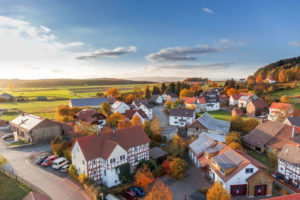 Routine maintenance is preventative maintenance. Having your heating and venting system inspected and cleaned regularly prevents damage, waste, and health risk. The Chimney Safety Institute of America (
Routine maintenance is preventative maintenance. Having your heating and venting system inspected and cleaned regularly prevents damage, waste, and health risk. The Chimney Safety Institute of America (


